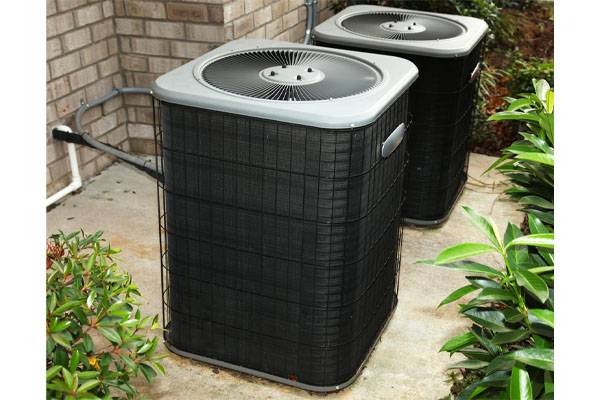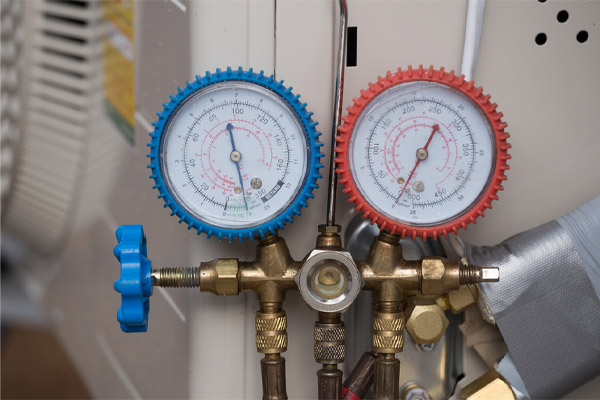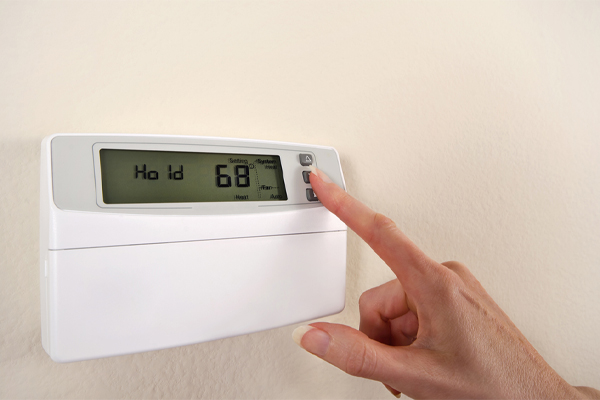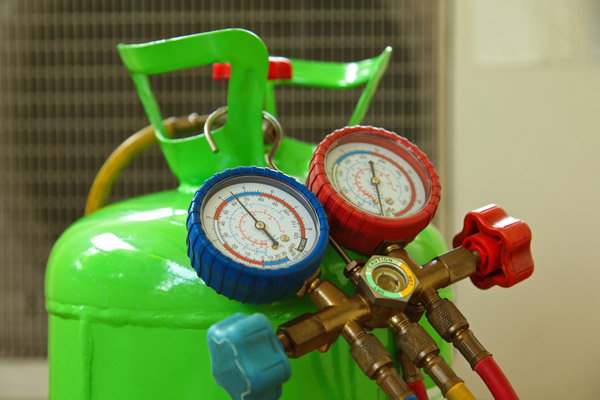How Does An Air Conditioner Work?

When it gets hot in the house, we typically turn to the air conditioner for relief. We can press a few buttons, wait a few minutes, and then enjoy a cooler house. It is a fantastic piece of technology that helps to make even the hottest summer days tolerable. It keeps us safe from potentially fatal heat stroke and helps us to sleep soundly at night. Earlier civilizations may have thought it miraculous that we could now manipulate our surroundings. In reality, it is all about applying scientific principles intelligently. In this article, we will answer the question, “How does an air conditioner work?”
How Does An Air Conditioner Cool My House?
Contents
- 1 How Does An Air Conditioner Cool My House?
- 2 Air Conditioner Components
- 3 The Typical Cooling Process of An Air Conditioner
- 3.1 Stage 1: The Thermostat Indicates That Cooling Is Required
- 3.2 Stage 2: Heat from Indoor Air Is Absorbed by the Refrigerant
- 3.3 Stage 3: Cooler Air Is Blown Back into the House by the Fans
- 3.4 Stage 4: Heat Inside The Refrigerant Is Released Outside
- 3.5 Stage 5: Fans Blow the Hot Air To Outside
- 3.6 Stage 6: The Cold Refrigerant Returns to the Indoor Unit
- 3.7 Conclusion
- 4 Call Miller Oil Company For All Your HVAC Needs
In this article, we will look at how an air conditioning unit keeps your home cool throughout the summer.
Air Conditioner Components
We need to familiarize ourselves with the many components of an air conditioner before discussing the process. We will keep things basic here by focusing on the four major components and their functions in the cooling cycle:
1. Air Conditioner Refrigerant

The refrigerant in an air conditioner is the system’s lifeblood. It’s a substance that carries heat out from the house and into the environment. The cooling cycle describes how the refrigerant changes as it travels through various components.
2. Evaporator Coils of The Air Conditioning Unit
This is the major part of the interior unit which interacts with the home and absorbs heat. To maximize their efficiency, the coils must be kept clean. Air filters must be changed on a regular basis.
3. Air Conditioner Condenser Coils
This is the most important part of the outdoor unit since it interacts with the outside surroundings and releases heat. Dirt and debris can accumulate on these coils, therefore they must be cleaned on a regular basis. Before the summer arrives, make an appointment for an air conditioner tune-up.
4. Cooling System Compressor
This pump is in charge of transporting the refrigerant from the evaporator coils to the condenser coils. You might think of this as the system’s beating heart.
The Typical Cooling Process of An Air Conditioner
Stage 1: The Thermostat Indicates That Cooling Is Required

Let’s start from scratch. You’ve just returned home from a hard day at work. To save electricity, the air conditioner was switched off during your absence. Because it is a little hot inside, you switch on the air conditioning and adjust the thermostat to your preferred setting. The current ambient temperature will be measured using sensors. The thermostat will transmit a signal to initiate the cooling cycle if the ambient temperature is higher than the specified setting. The compressor will be activated and the refrigerant will begin to flow throughout the system. In addition, the fans will be turned on. The fans will also start.
Stage 2: Heat from Indoor Air Is Absorbed by the Refrigerant
The indoor unit’s evaporator coils are the refrigerant’s initial destination. The chemical will be fairly cold at this stage. It acts like a sponge when it comes into touch with heated interior air. As the refrigerant warms, the air will get colder. Due to the reduced temperature, the vapor could also turn into water as a result of the humid air. As such, the AC also helps to reduce the humidity indoors. There is a tray ready to receive the moisture and direct it to the outside, where it won’t cause any harm to the house’s inside flooring.
Stage 3: Cooler Air Is Blown Back into the House by the Fans
The cold air will be blown back into the home by a fan as it passes over the evaporator coils. For even cooling throughout the house, a central air conditioning system uses ductwork to distribute cold air. Window units and split systems use fans to direct cold air to a particular room. The latter allows each person to set the temperature in their specific zone to suit their own preferences. They can also minimize energy use by switching off the indoor unit in their room when they leave.
Stage 4: Heat Inside The Refrigerant Is Released Outside

The refrigerant can’t absorb heat endlessly since it has its own limitations. In order to disperse the heat that has built in the refrigerant, it must now be transported to an outside unit, where it will be able to do so via the condenser coils. So long as the chemical is hotter than the surrounding environment, it must be capable of releasing heat into the surrounding environment.
Stage 5: Fans Blow the Hot Air To Outside
Powerful fans blast air over the condenser coils to aid in the cooling of the refrigerant. This component of the unit allows heat to escape more quickly to the outside. The surroundings will become hotter, as demonstrated by placing your palm towards the top of the outside unit. Due to its exposed location, the wind will easily blow the heated air away. The house is capable of continuing to release inside heat to the environment via the air conditioner.
Stage 6: The Cold Refrigerant Returns to the Indoor Unit
The compressor will pump the refrigerant back to the interior unit after it has cooled down enough to complete the cycle. The compressor will return the refrigerant to the interior unit after it has cooled down to complete the cycle. This process continues till the thermostat determines that the inside temperature matches the intended temperature defined in the settings. It will then come to a halt and rest for a while. If the interior temperature increases again, the cooling operation will immediately restart.
Conclusion
Despite what appears to be the case, an air conditioner does not produce cold air on its own. It works by gradually removing heat from the house until the temperature is reached at which the occupants are comfortable. It is a clever concept that has consistently been shown to be beneficial over the course of several decades. Newer models push the envelope in terms of energy efficiency, resulting in lower energy use and higher levels of comfort.
Call Miller Oil Company For All Your HVAC Needs

Miller Oil Company offers exceptional heating and cooling services in Hartford County, Connecticut. We employ qualified technicians only who are capable of providing you with superior HVAC tune-ups, installations, replacements, and repairs. Each of our technicians has the necessary expertise and experience to properly service your HVAC system.
Miller Oil Company guarantees the cheapest cooling and heating service charges in the area. Our maintenance services can help you enhance your home’s comfort and energy efficiency while also lowering your heating and cooling expenditures. If you want HVAC repair or replacement, we can propose the most cost-effective system for your house. We guarantee all of our work to ensure your contentment. To schedule a service appointment, call Miller Oil Company today. We also provide free, in-home estimates.
Click here to contact us today or give us a call at (860) 745-0326 if you have any questions.